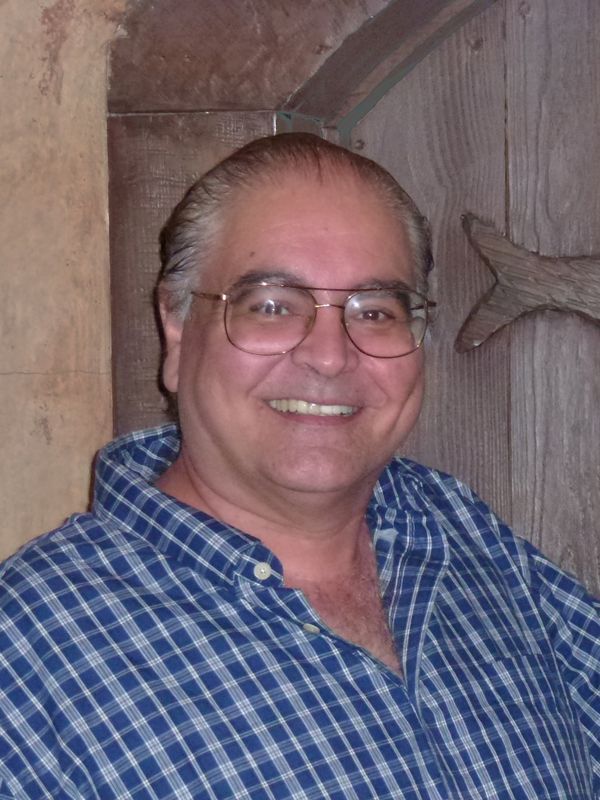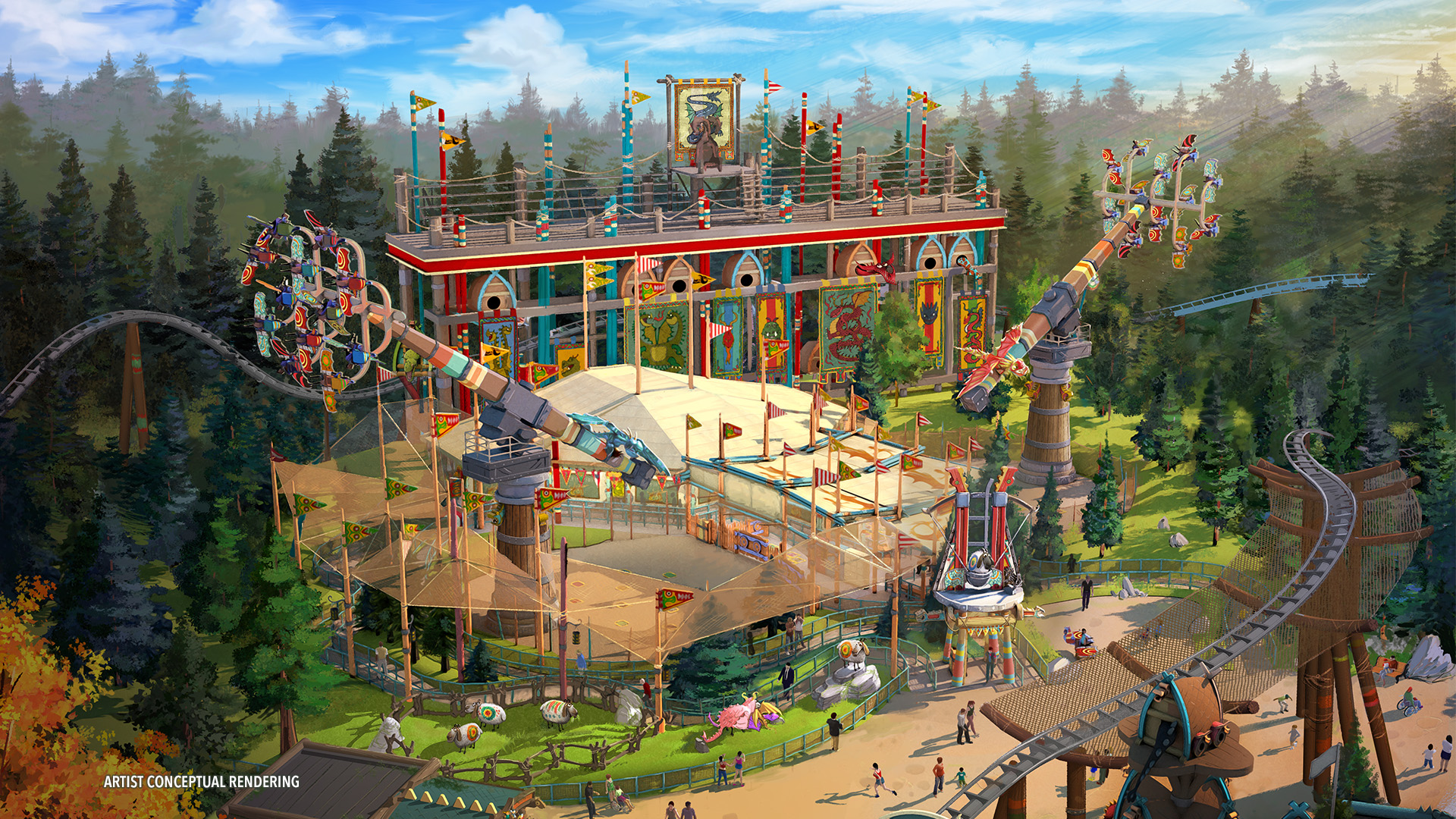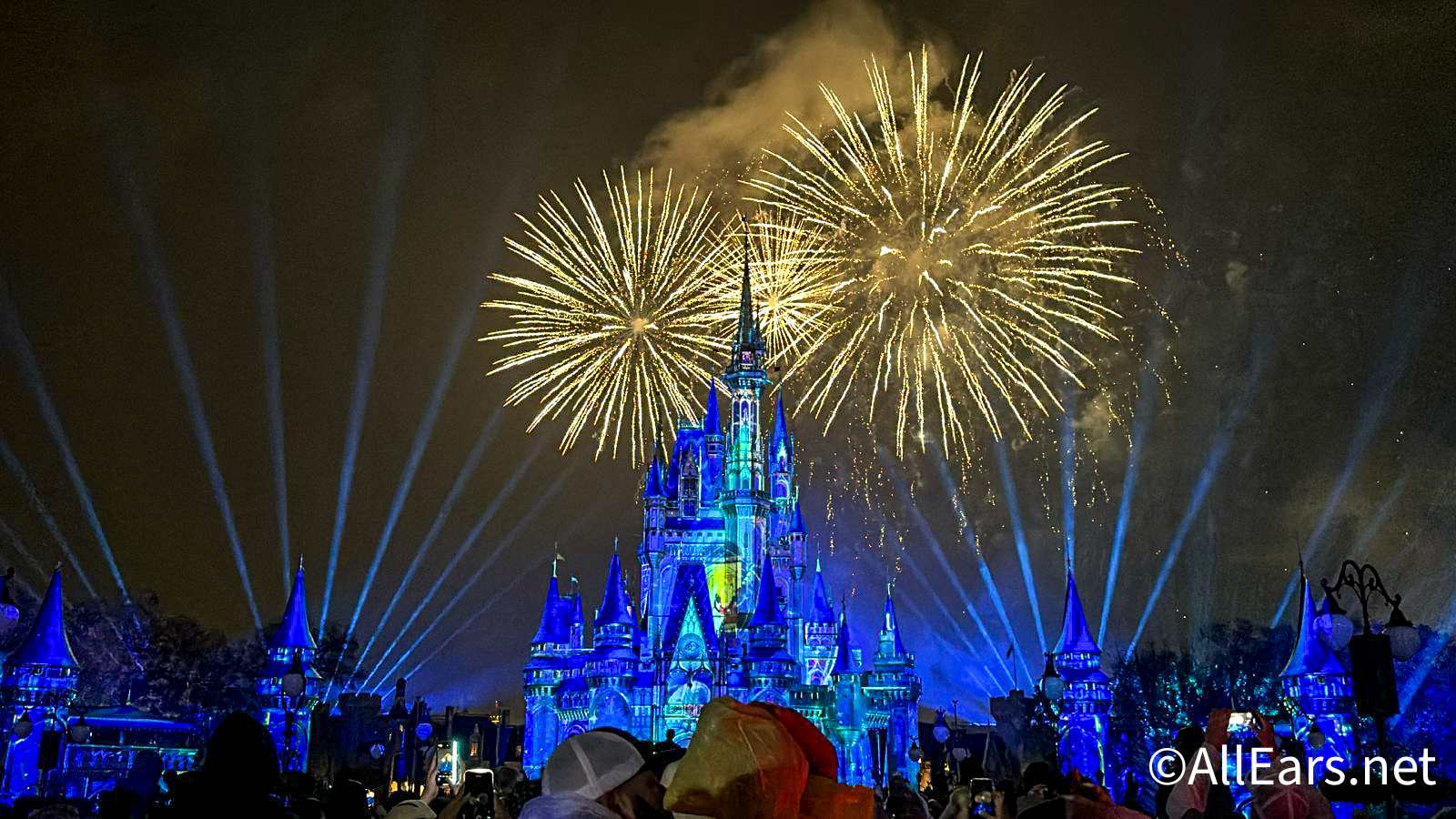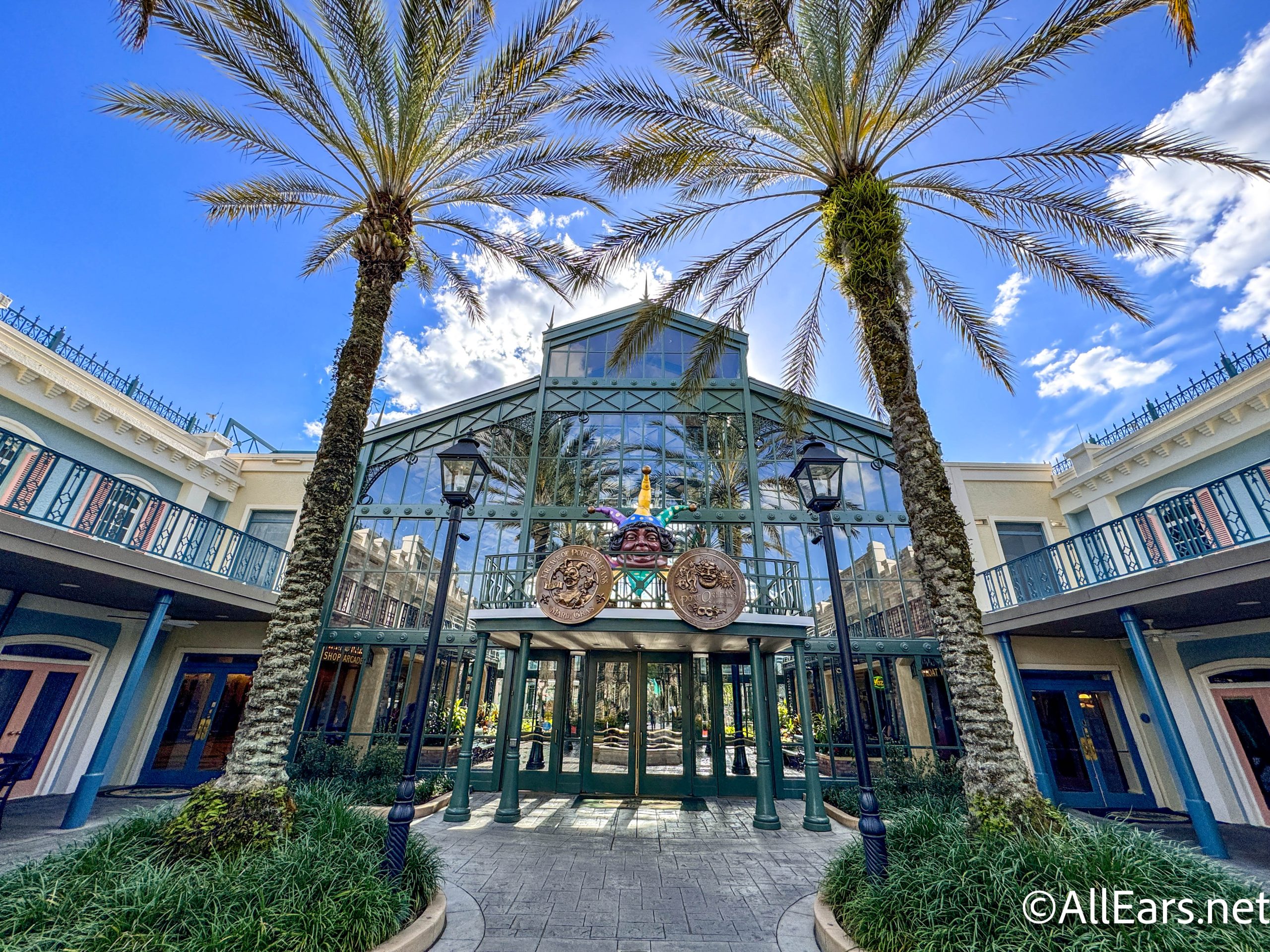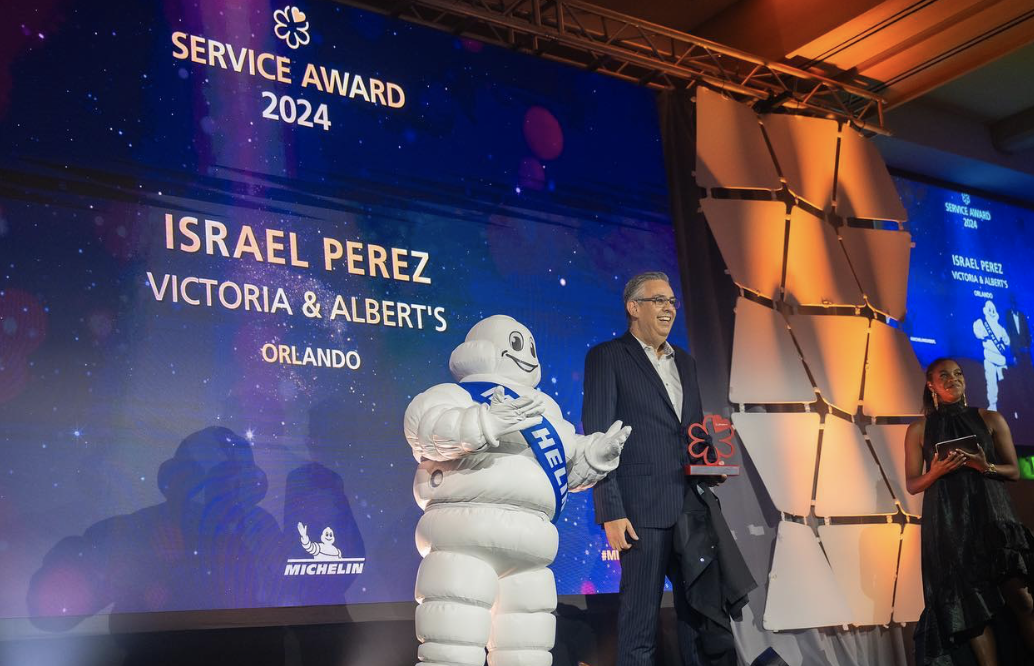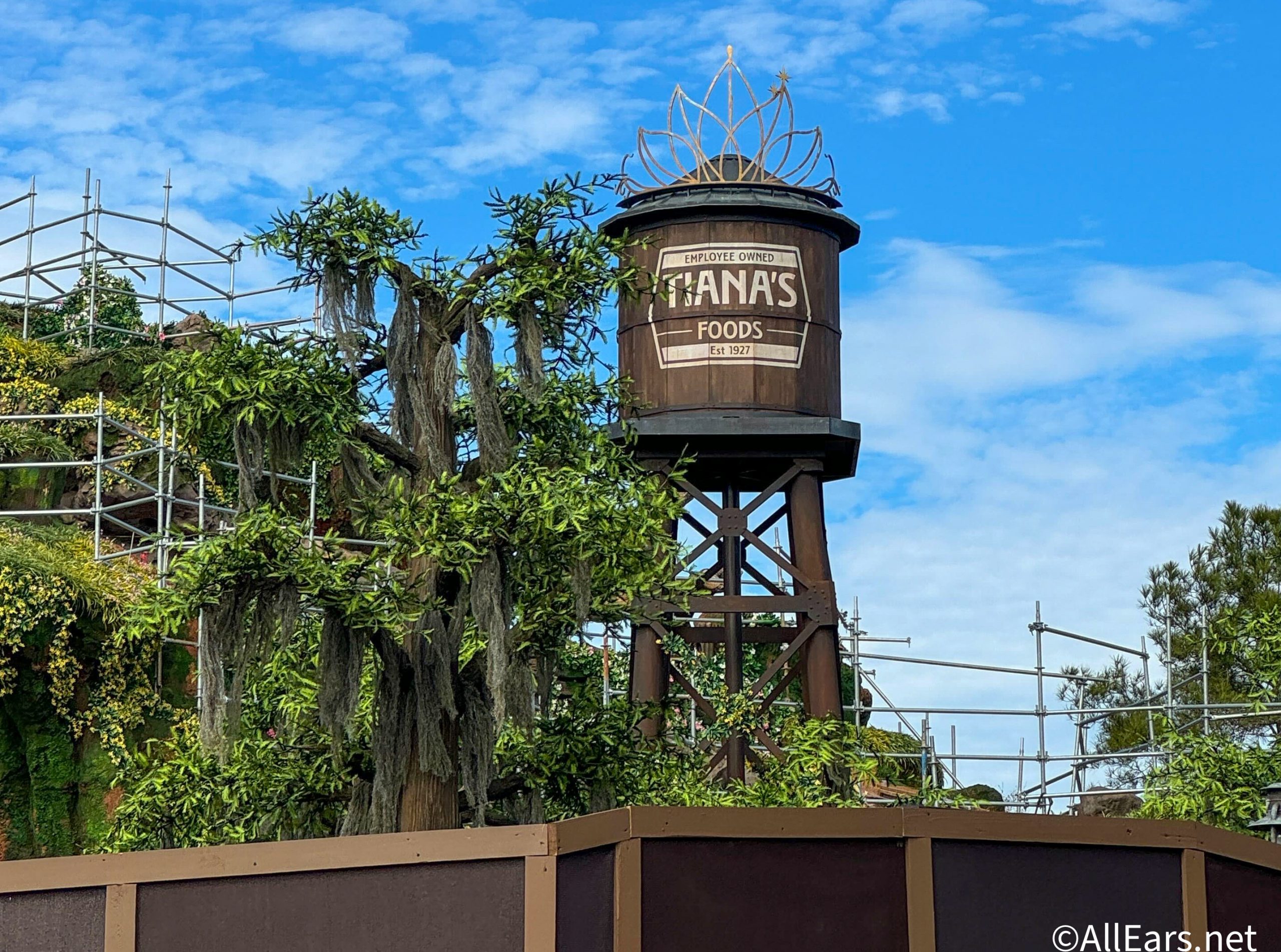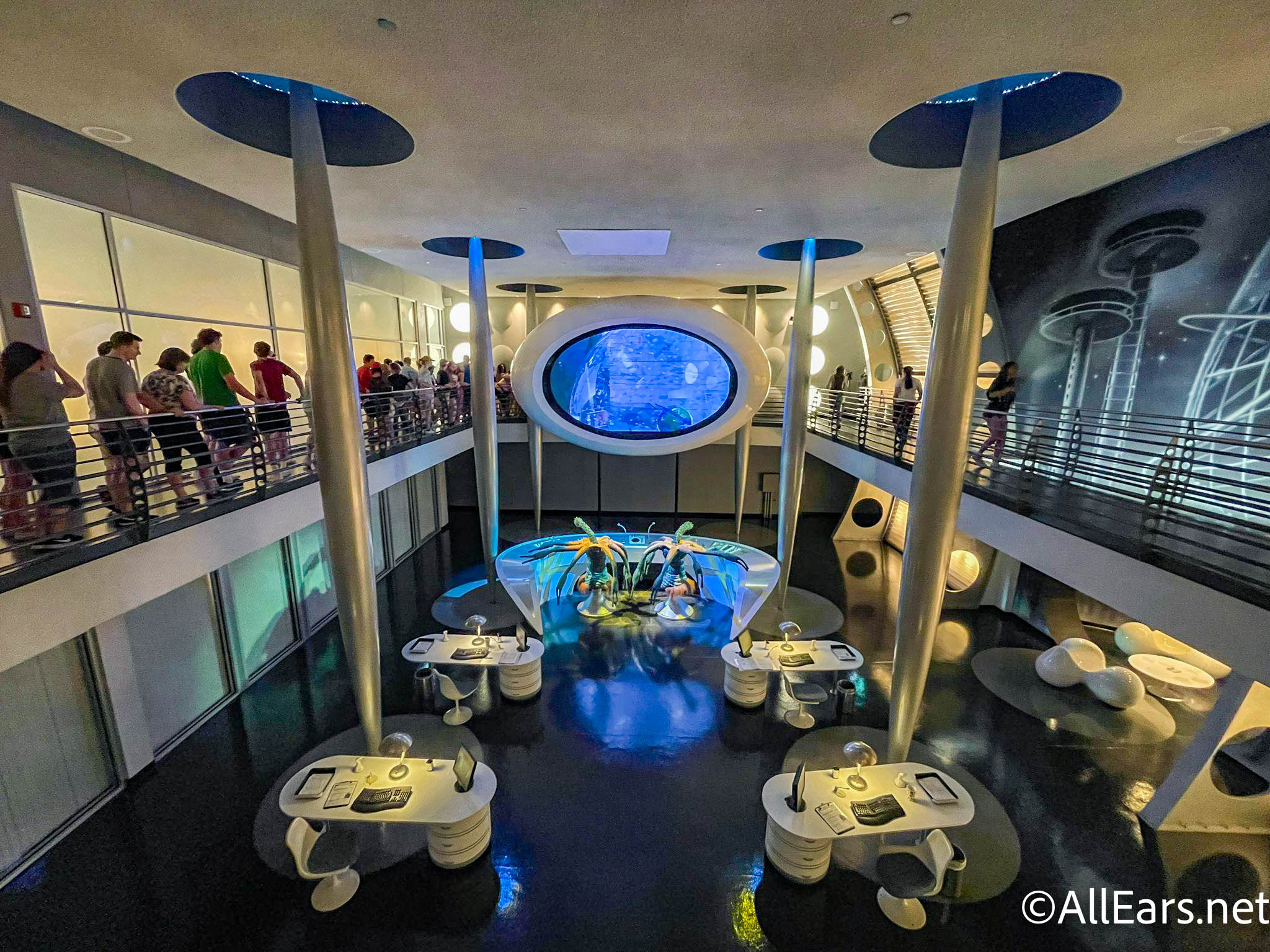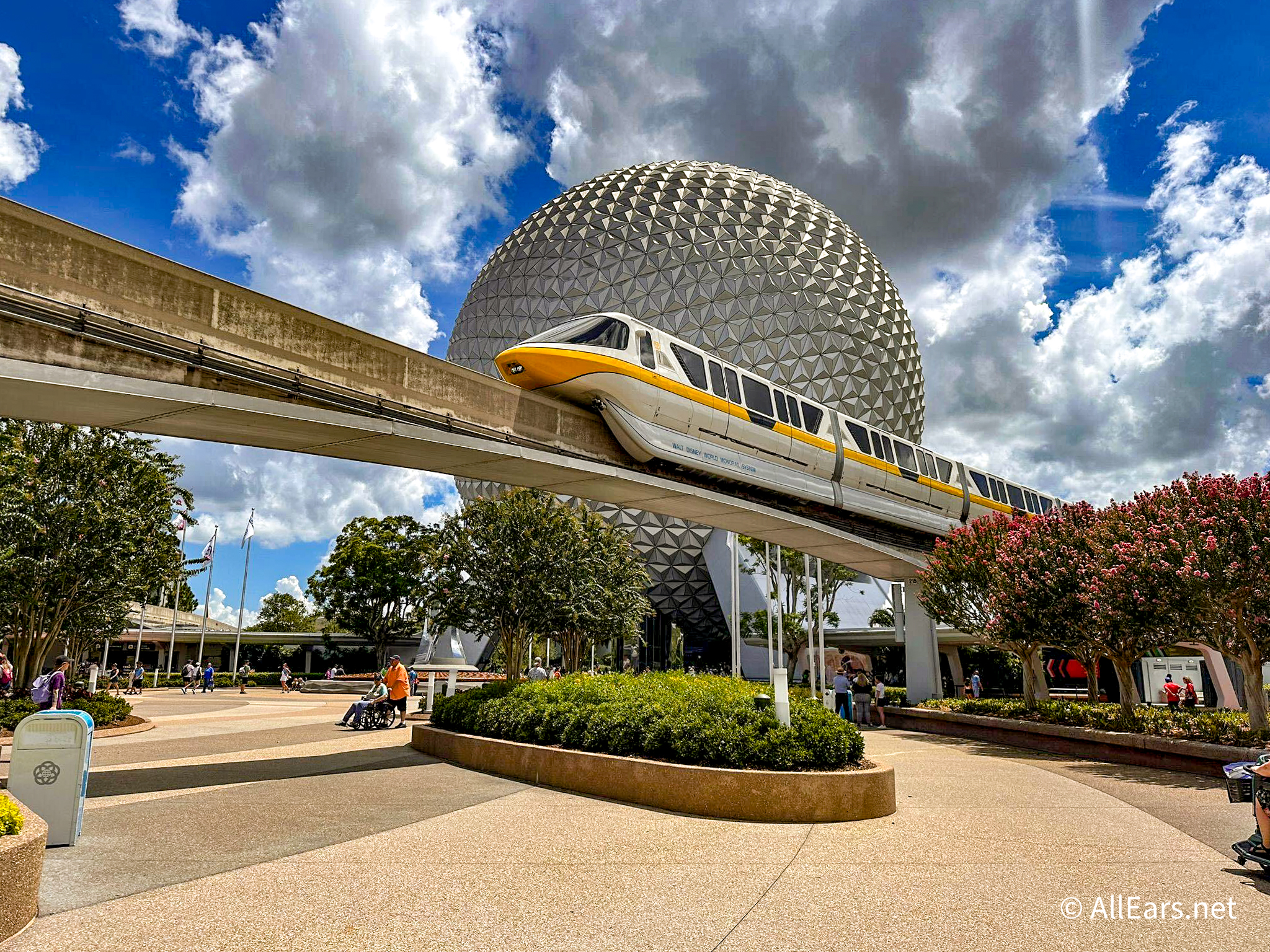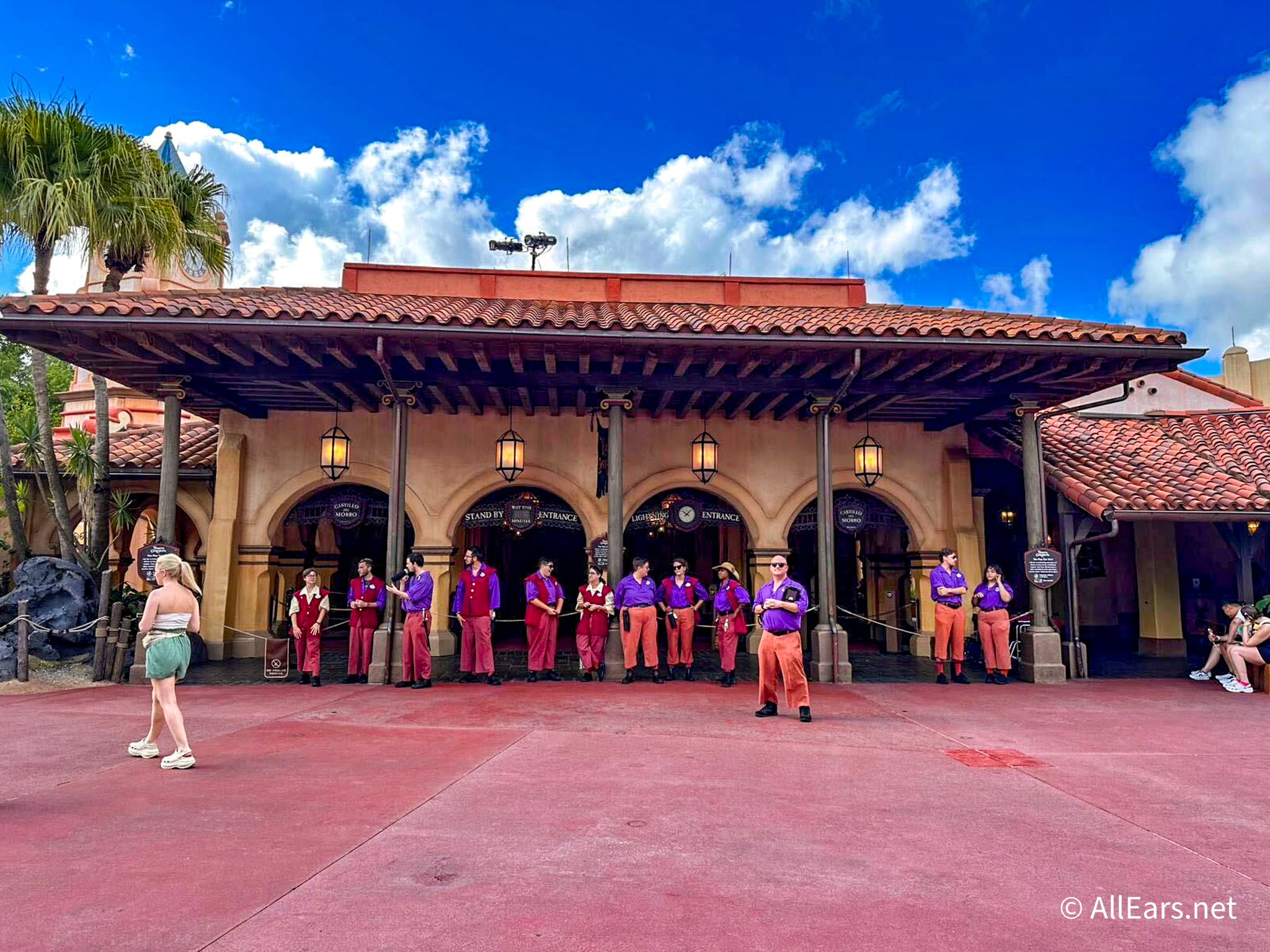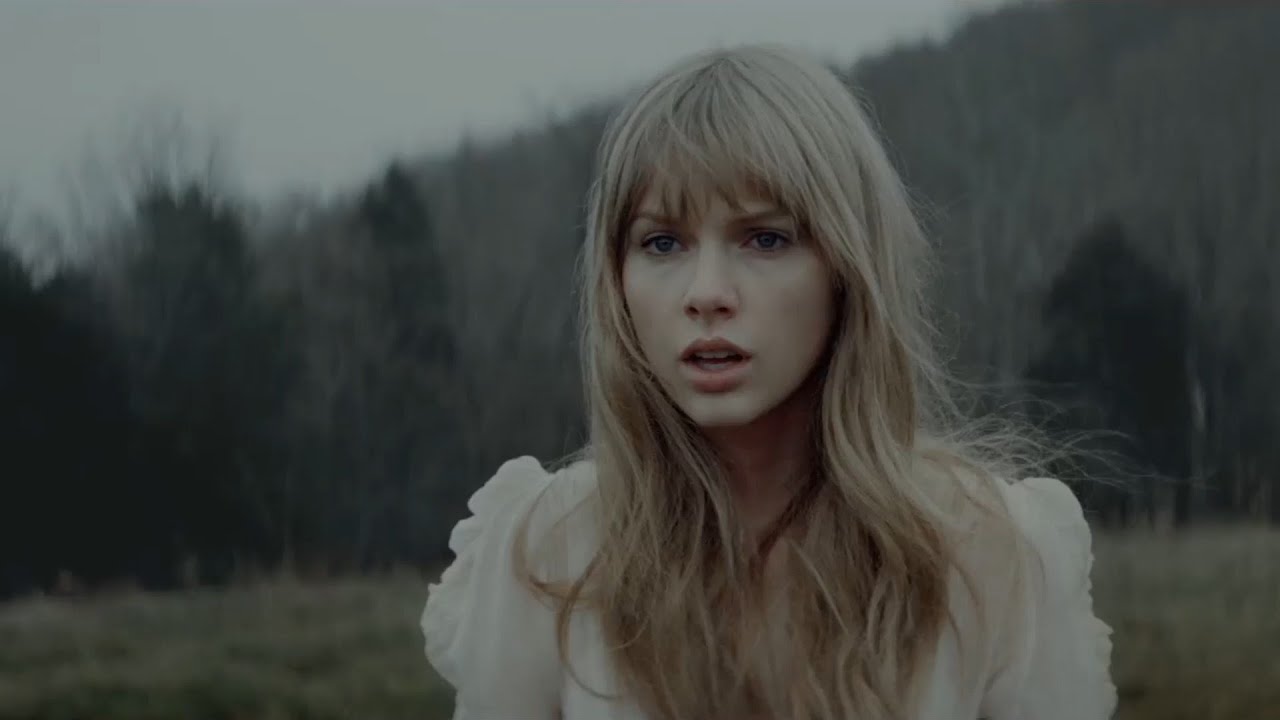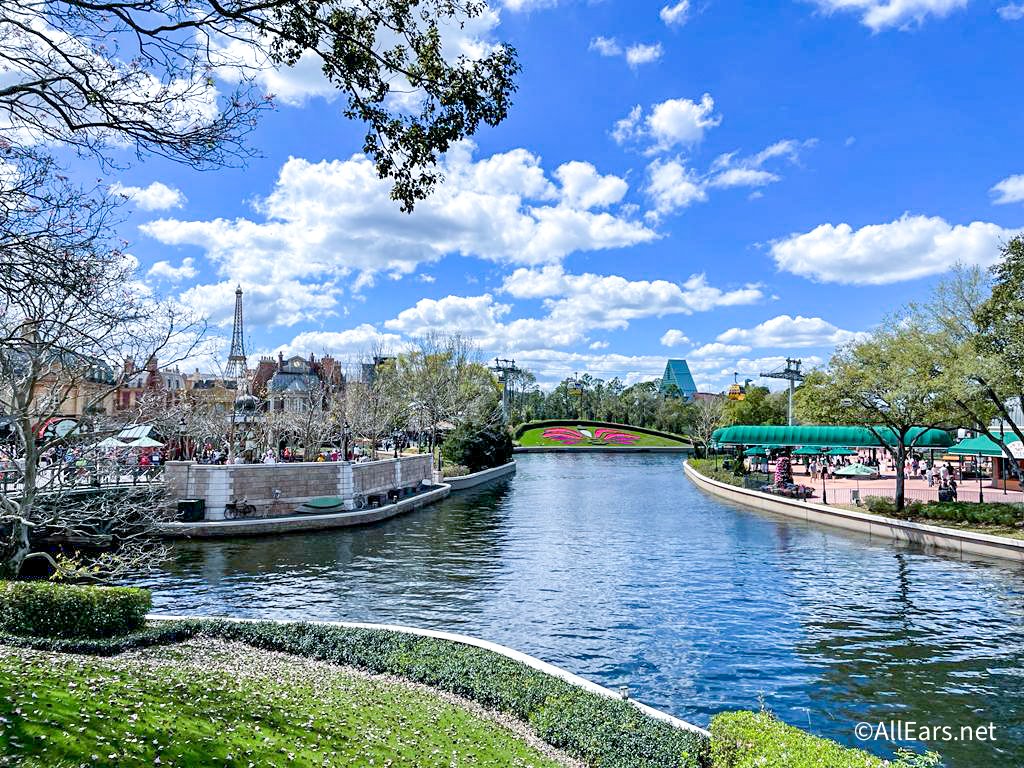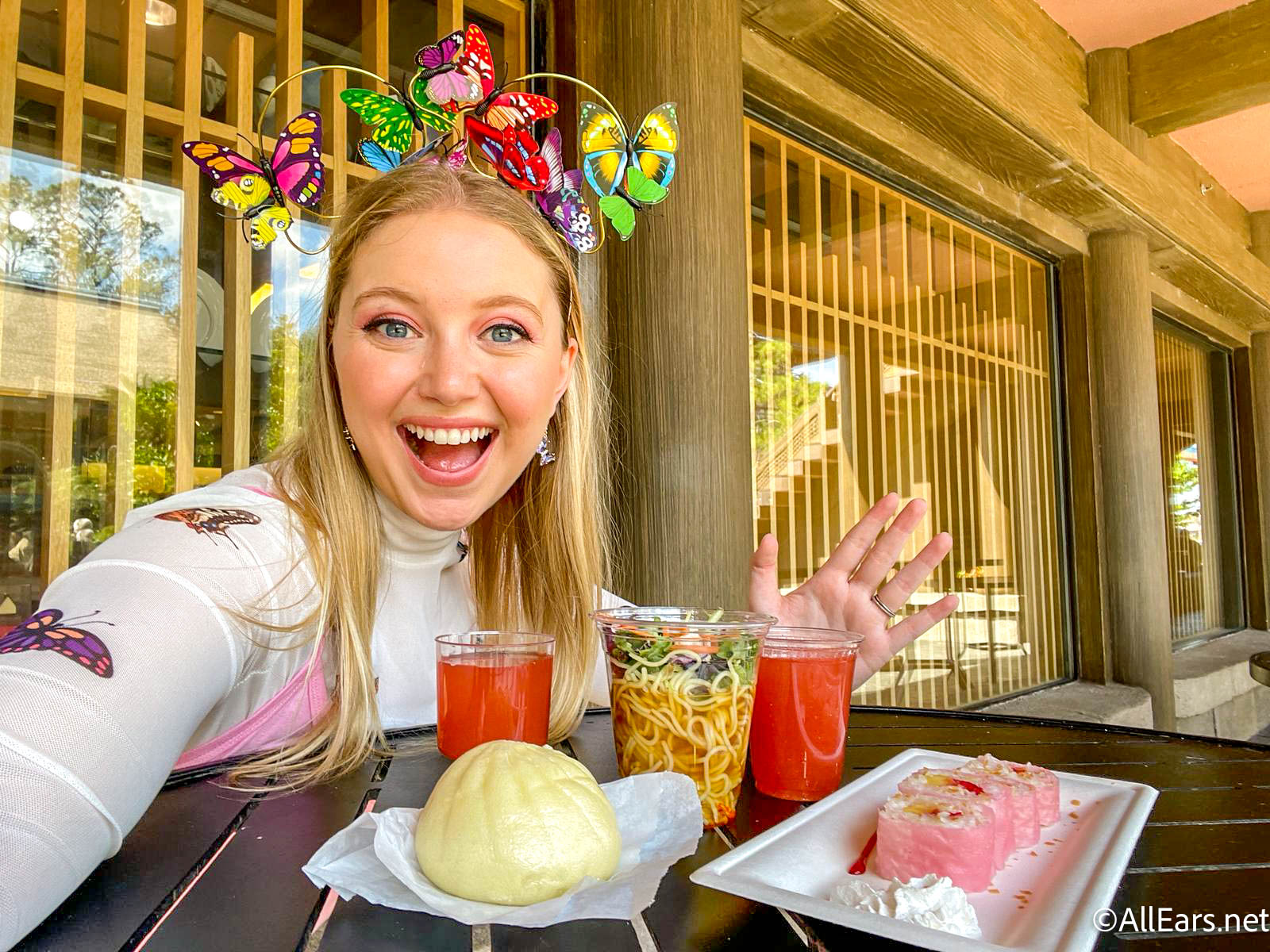Walt Disney World Chronicles: Disney Springs Backstory
by Jim Korkis
Disney Historian
Feature Article
This article appeared in the December 5, 2017 Issue #950 of ALL EARS® (ISSN: 1533-0753)
Editor’s Note: This story/information was accurate when it was published. Please be sure to confirm all current rates, information and other details before planning your trip.
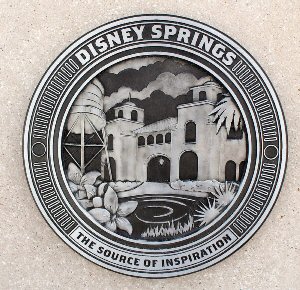
One of the things that make a Disney experience different from anything else is the depth of storytelling that creates an immersive environment. The transformation of Downtown Disney from a chaotic location into the cohesive shopping and dining area known as Disney Springs is a key example. The Imagineers didn’t want just another area for shopping and eating; they wanted to tell a story and to make the guests a part of it. To do so, they relied on Florida’s natural elements to make the story believable.
Florida has one of the largest concentrations of freshwater springs on Earth, with more than 900 natural springs. Springs have served as locations for Spanish missions, steamboat landings, gristmills and reservoirs for irrigating crops. A few springs gave birth to towns, including Silver Springs in Marion County, Green Cove Spring in Clay County, and De Leon Springs in Volusia County. Both Wekiwa Springs and Rock Springs are roughly an hour from Walt Disney World property and, for decades, have been popular natural “water parks” for tourists and local residents.
“It’s the heart of our whole storyline,” Imagineer Theron Skees said. “After studying all of the natural kinds of water ways in Florida, we visited quite a few natural springs and we were really committed to delivering something as authentic as possible. The idea of a Florida spring represents not only the power and beauty of nature, but optimism and possibilities.”
Inspired by the small Florida towns that developed in the early 1900s around these bodies of water, the storyline for Disney Springs is that it also attracted its first settlers “more than a century ago” and, over the decades, the town continued to expand naturally into four distinct districts: Town Center, The Landing, Marketplace and West Side.
That original group of settlers discovered a natural spring and a wonderful piece of land near it to settle on in the mid-1800s. They built the Town Center where the residents lived. They even built a waterside promenade where they could gather to relax after a busy day. As the population grew, the town branched out toward the water with The Landing and then, on either side of the Town Center, with the Marketplace and the West Side. It was an organic expansion and each area has distinctive architecture to reflect the era of the development.
Creative director Dave Hoffman said about the area, “Each neighborhood reflects its function and [the fictional] time period when it was developed. The Town Center. That’s the [Addison] Mizner era or [Henry] Flagler era. There was a lot that was going on in St. Augustine and in Miami with an architectural style called Mediterranean revival, so you think of these great Spanish-tile roofs, these two-story buildings, tree-lined streets and avenues, shell-stone paving.”
In the West Side there are remnants of an elevated train trestle that was supposedly built for the fictional 1950 Springs Centennial Expo that is shown on a poster in D-Luxe Burger and Guest Relations. That Expo had hot air balloons and a big distinctive central structure like most World’s Fairs that later became Characters in Flight and the Cirque du Soleil building.
According to the backstory, a Florida cattle rancher named Martin Sinclair and his wife Clara discovered the water source in 1850 and settled there. Martin became “The Cattle King of the Springs.”
The story of the Disney Springs craft burger restaurant D-Luxe Burger is recounted by artifacts decorating the interior of the restaurant, which supposedly served as the original ranch house for Sinclair’s Glowing Oak Ranch in Springs, Florida. Florida has the longest history of cattle ranching of any state in the United States so this backstory honors that legacy. On the outside is the covered front porch where the Sinclair family could easily see the springs just a few short steps from their door. While the ranch itself has been sold off and redeveloped over the years, the oak tree that inspired the original still stands outside the front door to the restaurant.
In a display case is an undated letter from Martin to his wife Clara. He writes that “… after a particularly hard rain, the light from my campfire was reflected in the droplets of water clinging to the leaves of the oak tree overhead. The leaves appeared to be dancing and the sight of it inspired me to name the place ‘Glowing Oak’. In a fortnight I will return to you in South Carolina and cannot wait to start our living here in this happy place.”
In the ranch house, the Sinclairs cooked meals for the ever-growing number of ranch hands. The reputation for outstanding food sometimes resulted in them opening the house to hungry locals as well.
Sinclair shifted from just being a dealer in beef cattle after he attended the St. Louis World’s Fair and discovered a new treat: a hamburger.
That inspiration resulted in the Glowing Oak Ranch evolving into a family restaurant. It held its first ever “Burger Day” on February 26, 1905 from noon to five pm. “It’s no minced steak. It’s hamburgers! Hit of the World’s Fair. It’s time for fun. Join us now for a burger on a bun…with plenty of plates and, chairs and outdoor space!”
Glowing Oak Ranch became Glowing Oak Restaurant on July 24, 1921. The restaurant provided the refreshments for the Springs Grand Centennial Expo in 1950. Officially, the “current owner, Martin Sinclair VI” re-branded the Glowing Oak Restaurant to D-Luxe Burger on May 15, 2016.
“When you think about the story of a Disney restaurant, it is the ambience, it is the structure, and the storyline that comes with the structure,” stated Teresa Roth, director of food and beverage operations integration at Walt Disney Parks and Resorts. “We’re fortunate with our Imagineering partners; they have created a great storyline. It’s then taking that great storyline and creating it into a living, breathing document. The last thing you want is for somebody three years later to not understand the story or the ‘why’ behind some of the elements.”
While not often apparent to guests or sometimes even the cast members themselves, each of the other restaurants in Disney Springs has a backstory that ties in to the overall storyline.
Blaze Pizza, for example, took over the space in Town Center at Disney Springs that used to be occupied by the town’s lumber mill – The Buena Vista Timber Company established in 1868. The restaurant design includes elements reminiscent of the workings of a sawmill from a prop wood planer to the layout of the dining room where the tables and benches are arranged in rows to suggest logs that have been pulled up to the mill from the springs. Log hooks hold up the menu signs. Vaulted ceilings and open trusses throughout give an open and airy atmosphere to suggest the vastness of the original mill. On the wall under a sheet of laminate is a cross section of a log with the following description:
“This ‘sinker’ Cypress log was recovered in 2013 from Florida’s Apalachicola River where it was buried under more than two feet of river slit. At the time of its recovery, the log was estimated to weigh nearly 6,000 pounds and span just under fourteen feet in length. Experts believe the Cypress was approximately 350 years old when it was felled in 1812.
“Through careful work of a team of craftsmen, the log was split and sawn into wood used in this structure. The result of this effort is a material that displays timeless beauty, is environmentally sound, and represents a time capsule from our nation’s earliest days.”
In The Ganachery Chocolate Shop there is a framed sign on the brick wall in the shop with vintage lettering that proclaims: “Chocolate is Good Medicine.” The building used to house the small town’s only apothecary shop, which supplied the necessary medicines for the inhabitants to cure their ills. That explains the design of the vintage shelves and cubbyholes that were used to house various medicine bottles, boxes and vials but now hold chocolate instead. The ceiling is covered with beautiful stamped metal tiles appropriate for the original time period.
The space was taken over by a South American couple (their photos are on the wall) who turned their love for the cocoa bean from which chocolate is made into a fantastic chocolate shop. Most cocoa beans come from South America, so the Imagineers wanted to layer in hints of a Latin American atmosphere, from the ceramic drawer pulls to background music that includes a South American rhythm to reflect the heritage of the founding owners.
“We like to tell a story, because when guests arrive they want to feel like it’s a real place,” said Imagineer Skees. “It’s a fresh take on an old apothecary. Bottles, scales and other props are inspired by drugstores of another era, and well-used copper pots add a layer of history. Be sure to check out the chandelier made from authentic copper pots and kettles used to make chocolate.”
“The theming carries through right down to the packaging,” added Skees. “Traditional apothecary labels are ‘blocked’ with spaces for weights, measurements and descriptions, so we were inspired by that idea and made it more modern for the elegant chocolate bars and chocolate boxes.”
An old billboard advertises the passenger train that used to stop in the town. There are some stray rails still embedded in the pathways. STK Steakhouse is the home of the old railroad station. It was built as a reference to an 1889 train station in Downtown Orlando. The Imagineers didn’t need to reference old photos because the station still stands today. It’s Church Street Station.
The Polite Pig was the location of the original farmer’s market for the area. Ancient machinery sits unused next to a weathered sign, which indicates that the apparatus was used for a spring water ice works operation that now houses Sprinkles. The bottling plant was a building reclaimed to house Morimoto Asia.
This column is only the tip of the iceberg of the many interesting stories of Disney Springs and as new businesses open that story will continue to expand. It would be nice if Disney would publish an official history but until then, guests and cast members must be ever curious and vigilant to pick up the clues in plain sight.

= = = = = = = = = = = = =
RELATED LINKS
= = = = = = = = = = = = =
Other features from the Walt Disney World Chronicles series by Jim Korkis can be found in the AllEars® Archives.
= = = = = = = = = = = = =
ABOUT THE AUTHOR
= = = = = = = = = = = = =
Disney Historian and regular AllEars® Columnist Jim Korkis has written hundreds of articles about all things Disney for more than three decades. As a former Walt Disney World cast member, Korkis has used his skills and historical knowledge with Disney Entertainment, Imagineering, Disney Design Group, Yellow Shoes Marketing, Disney Cruise Line, Disney Feature Animation Florida, Disney Institute, WDW Travel Company, Disney Vacation Club and many other departments.
He is the author of several books, including his newest, Secret Stories of Disneyland, available in both paperback and Kindle versions.
-o-o-o-o-o-o-o-o-o-o-o-
Editor’s Note: This story/information was accurate when it was published. Please be sure to confirm all current rates, information and other details before planning your trip.



